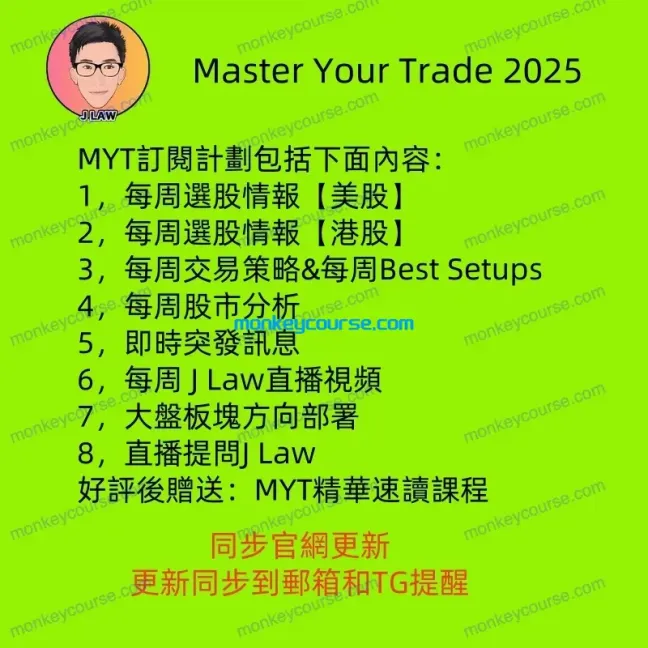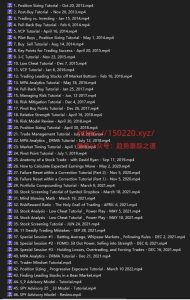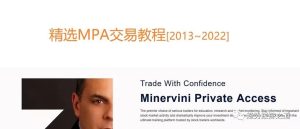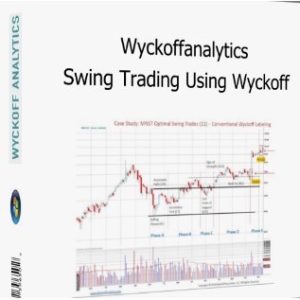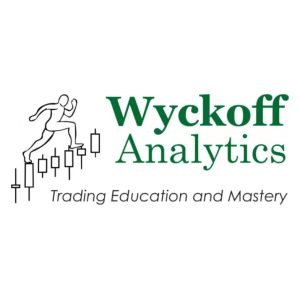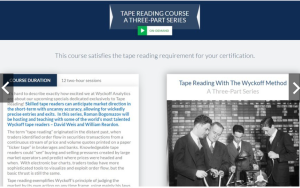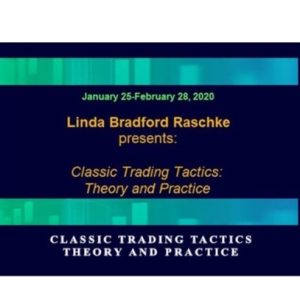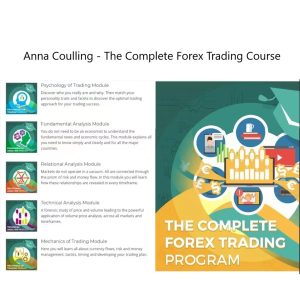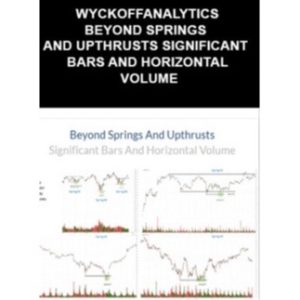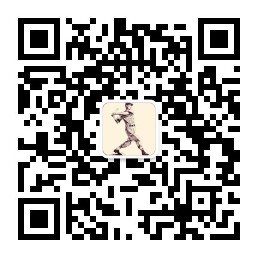![图片[1]-Wyckoffanalytics November Special Trading Technical Analysis Signals Using Wyckoff Contextual Logic-TheTrendFollowing](https://150220.xyz/wp-content/uploads/2024/09/f3ccdd27d2132850.jpg)
![图片[2]-Wyckoffanalytics November Special Trading Technical Analysis Signals Using Wyckoff Contextual Logic-TheTrendFollowing](https://150220.xyz/wp-content/uploads/2024/09/156005c5ba132850.jpg)
3 two-hour sessions
Price. Volume. Time. Sentiment. Using Wyckoff analysis to recognize and correctly interpret different patterns of these variables – representing the flow of supply and demand – are at the heart of the Wyckoff Method. Some experienced Wyckoffians trade successfully using these factors alone. Many others use Wyckoff technical analysis tools to help decide when to enter and exit trades. Most traders know that some indicators work better in consolidations (e.g., oscillators), while others work better when a trend is underway (e.g., moving averages).
The Wyckoff Method’s framework for understanding the ever-changing market structure can help traders drill down to a deeper level to deploy different technical analysis tools, in the most appropriate environments. In this three-part webinar series, Roman Bogomazov will demonstrate how using Wyckoff analysis can help traders decide which technical analysis tools to use during different Wyckoff Phases and events in both trading ranges and trending environments.
As he walks you through the various Wyckoff events, Roman describes how to use:
Linear regression channels to help define the market environment – both trending and non-trending
Price and momentum indicators – Rate of Change (ROC), MACD, RSI and Stochastics
Trending tools – including moving averages, Bollinger Bands and Keltner Channels
Volatility tools – Average True Range (as well as Bollinger Bands and Keltner Channels)
Volume tools – up and down volume, on balance volume (OBV), horizontal volume, and Money Flow Index
Relative Rotation Graphs – a great top-down tool to help identify sector rotation

